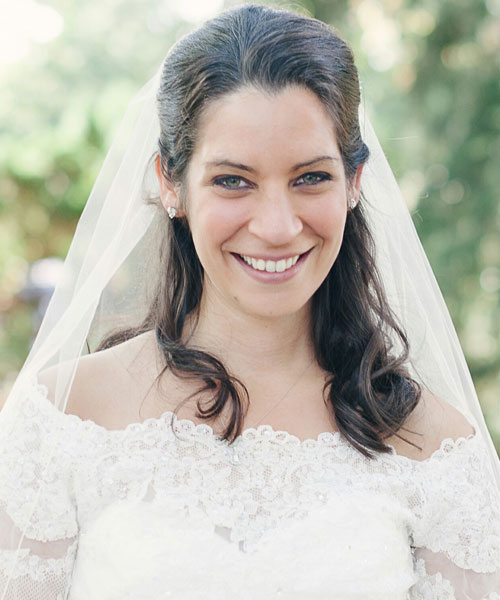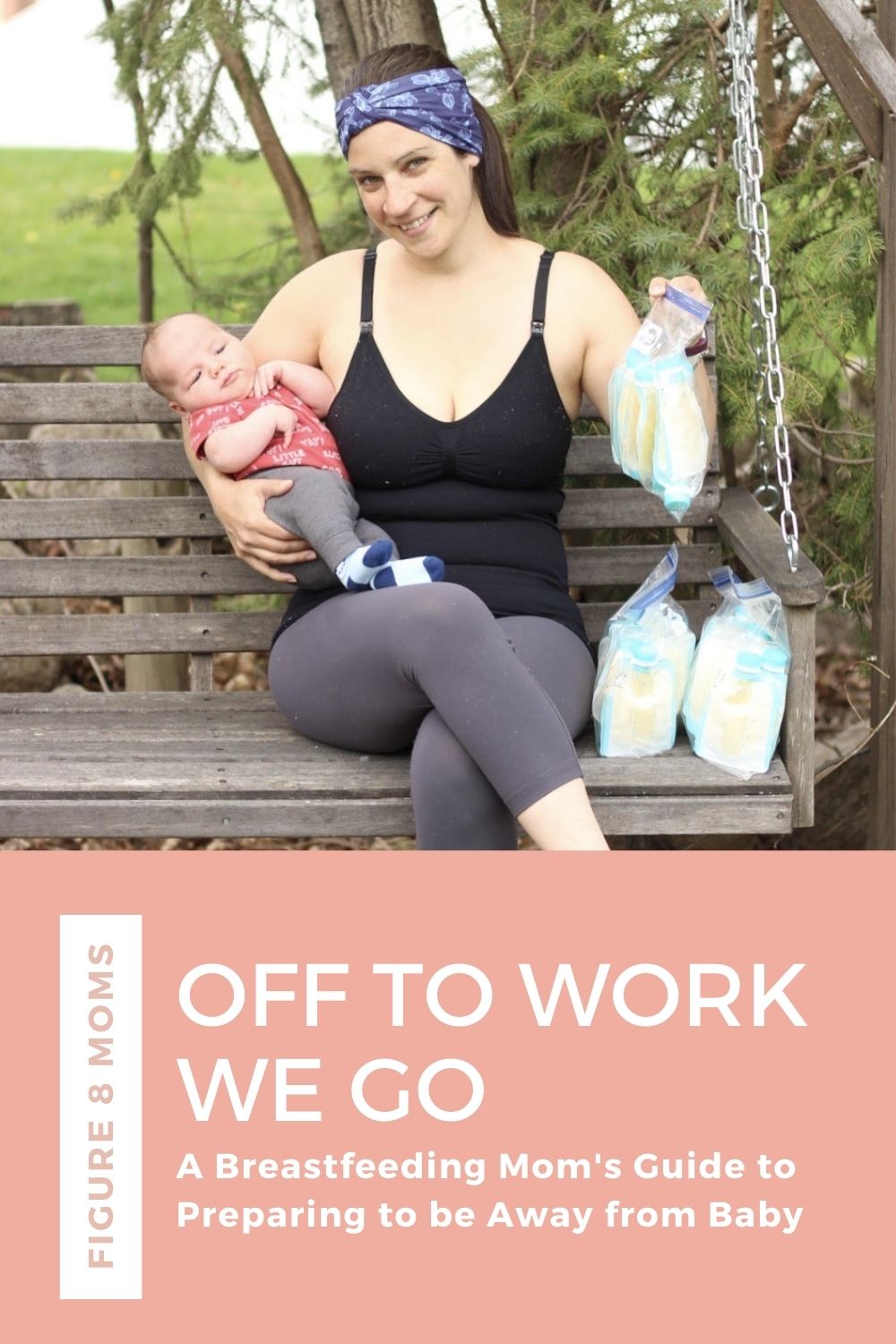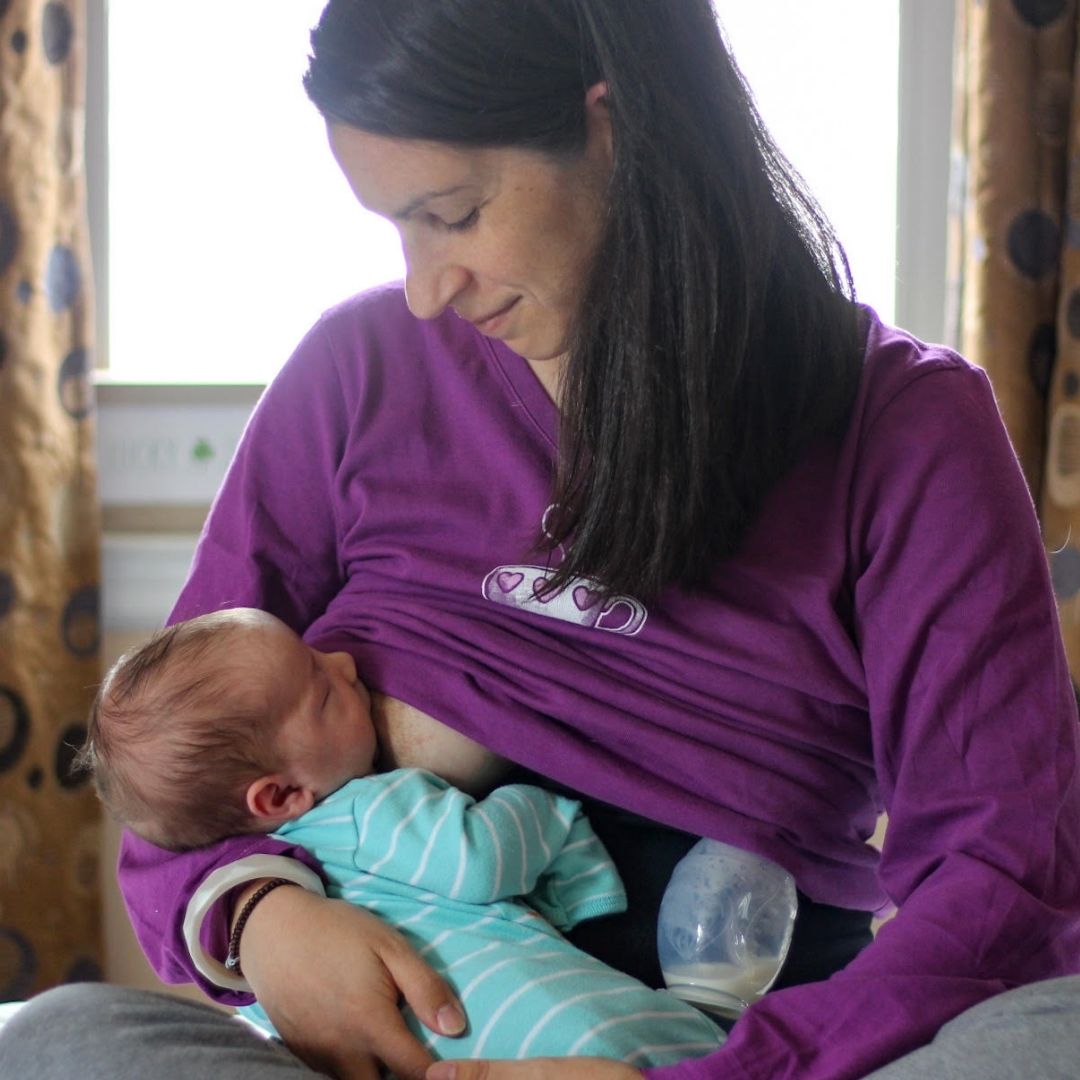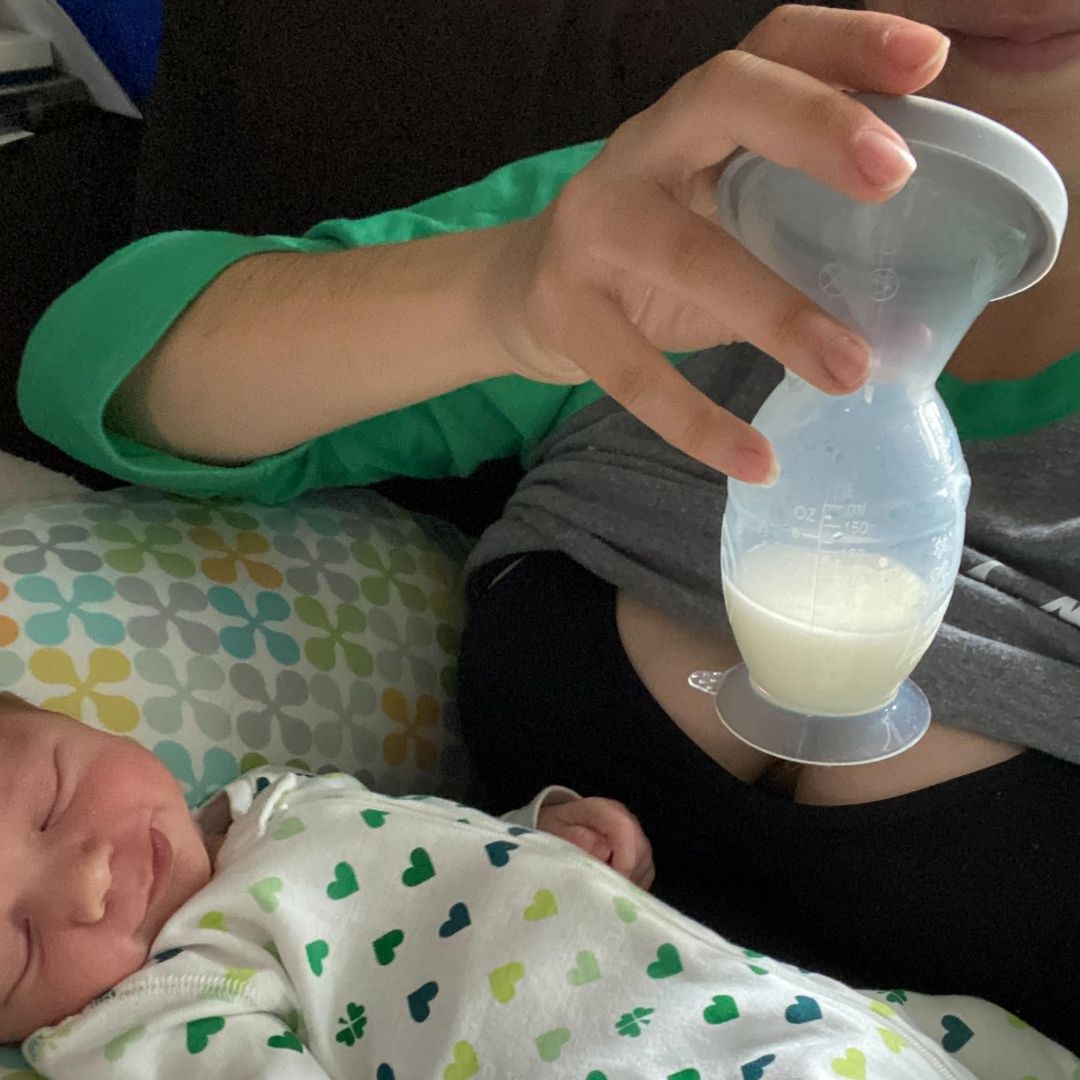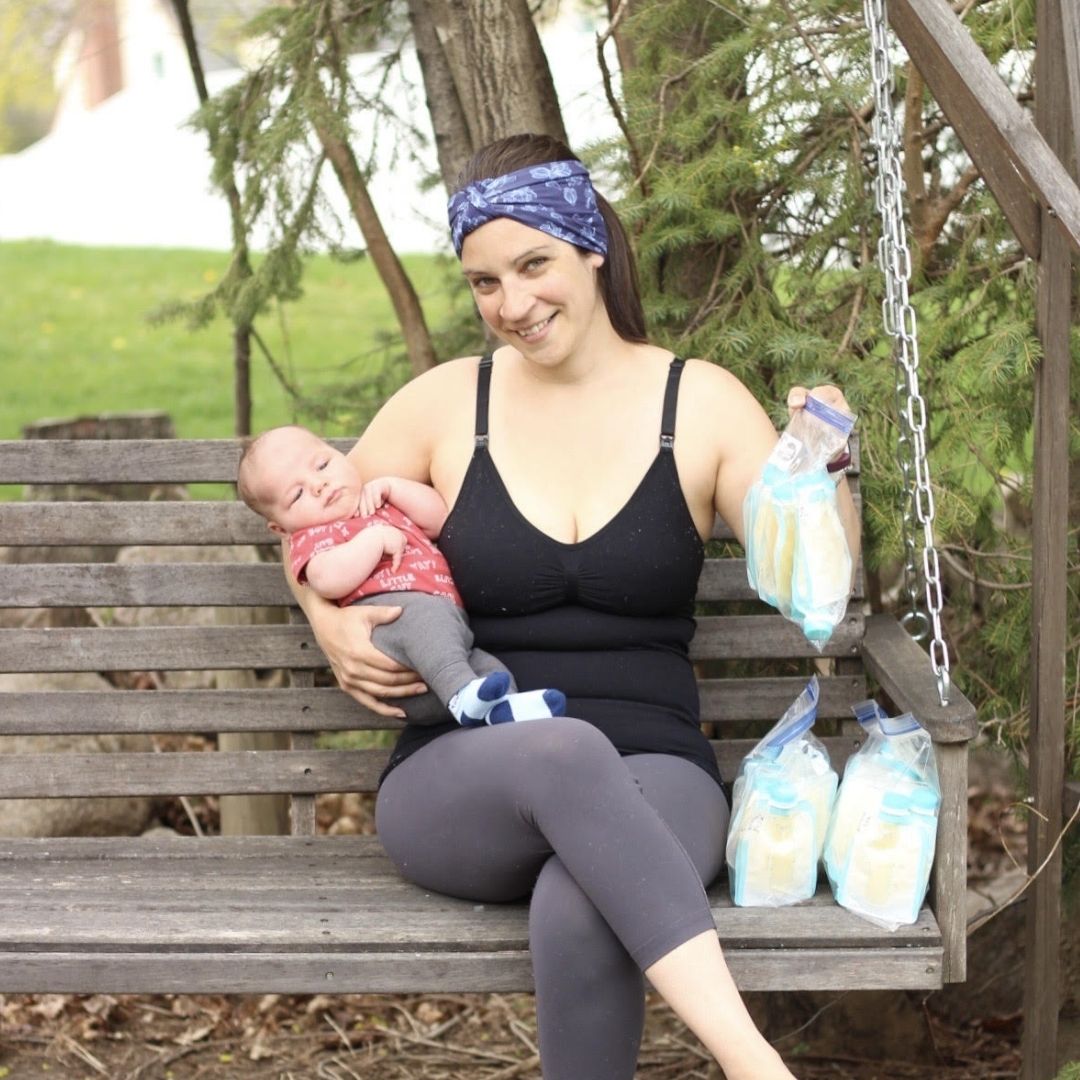OFF TO WORK WE GO:A BREASTFEEDING MOM'S GUIDE TO PREPARING TO BE AWAY FROM BABY
If I’ve learned anything from returning to work after two babies, it’s that a little bit of preparation goes a long way. As I face my return to work after baby number three, I am doing things differently than I did the first two times. My hands are fuller and my time is less plentiful, and so convenience and efficiency are a must. If you are feeling overwhelmed and under-prepared to get back to work as a breastfeeding mom, keep reading for a few tips and tricks I’ve picked up along the way.
When should I start working on building a milk stash, and how should I do it?
As soon as possible! But it’s also important to let your body establish a milk supply based on the unique needs of your baby. Waiting to use an electric pump until about 6 weeks is ideal with this goal in mind. But does this mean that you can’t start building your stash before then? Absolutely not!
My first daughter was born early and she didn’t have much weight to spare, and so I started pumping in the first week in order to supplement our breastfeeding with pumped bottles. I found the process stressful and time consuming. Washing and sterilizing pump parts and bottles takes so much time! When I had my second daughter, I started to become aware of alternatives to electric pumps.
This time with my third baby, I was super excited to try the Haakaa pump early in our breastfeeding journey. The Haakaa pump collects let down from the breast that the baby is not feeding on with the help of gravity and suction. In the earliest weeks of breastfeeding, the let down is most abundant. With a little trial and error, I found that I had the most output in my Haakaa pump by using it overnight and first thing in the morning. In just a few feeding sessions, I am able to produce enough extra milk for one frozen bottle (3-4 ounces) each day!
How much milk do I need in my stash?
Ideally, you would have a 3 to 5 day stash of frozen milk. This is a good safety net as you get the hang of pumping and restocking your stash with what you pump while you’re away. Although it will vary from baby to baby, a good rule of thumb is this:
A baby between the ages of 1 and 6 months will need 25 ounces of milk in 24 hours.
This total of course also includes when the baby is breastfed. If you divide 25 ounces by the total number of times baby will get a bottle or be breastfed, you have a good starting point for how many ounces you might want to store for each bottle. My babies always drank around 3 ounces per bottle, and never more than 4 ounces at a time.
When should I try a bottle? Which bottle is best?
Whenever you feel comfortable! Make sure to leave yourself some time to play around with different bottles if necessary. Some babies will be easy going and take any bottle you offer, and others will be picky and have a strong preference. It’s best to have a few different brands on hand to try rather than buying a ton of one kind. Our favorites are Dr Brown’s Wide Neck, the Kiinde feeding system, and Comotomo – just to name a few.
What if baby refuses the bottle?
Although I have thus far not had this problem, it’s quite common. If your baby refuses to take a bottle, here are a few things you can try:
- Make sure you are out of the room or even away from home when baby is offered the bottle. If he or she can sense you are around, they are more likely to hold out for the breast.
- Adequately warm the bottle. Milk temperature is super important!
- Try a different bottle. Consider asking mom friends if you can borrow different kinds from them to try out instead of spending a bunch of money on bottles that may not be a good fit.
Paced feeding
Paced feeding is perhaps one of the best tips I came across for bottle feeding a breast fed baby. With traditional bottle feeding, baby does very little work to get the milk out of the bottle. Although they have to do some sucking, gravity plays a bigger role. This is even truer as you increase nipple stages and the milk flows faster. For breastfed babies, you actually never need to graduate from stage 1 nipples. Stage one nipples, when combined with paced feeding, closely mimics the mechanics of breastfeeding so that it will be easy to go back and forth between breastfeeding and bottle feeding.
So what is paced feeding, exactly?
- Hold the bottle at a 90 degree angle, not tipped up. Baby should get milk from sucking, not gravity. Baby should also be held in a more upright position and not lying flat.
- Tip the bottle down at frequent intervals (after about half an ounce) and wait for the baby to stop sucking and then start sucking again. Tip the bottle back up when he or she resumes
- Allow the baby to draw the bottle nipple into his or her mouth rather than forcing it in. Stroke the corners or his or her mouth and wait for rooting.
- Don’t force a baby to finish a bottle if he or she falls asleep
- Switch sides halfway through feeding and burp baby in between.
- Don’t rush bottle feeding. Baby should be allowed to bottle feed as long as they might take to breastfeed.
Basically – mimic breastfeeding as much as possible when bottle feeding. This will set you and your baby up for long term success!
What else do I need?
There are an increasing number of brands and tools that help with hands free pumping. Pumping hands-free means getting more things done while at home or work!
My favorite hands-free option is the Rumina line of bras and tanks. Unlike many hands free bras, the Rumina bras can easily be used for both breastfeeding or pumping without a need to change in between. I especially love the tanks for layering at work. They allow me to dress professionally without compromising efficiency when it’s time to pump. And when I arrive home, I can quickly get right back to breastfeeding!
You should also stock up on Breastmilk Storage Bags. Plan to have enough bags for at least 1-2 weeks. You can expect to need to store away 1 bottle for every 2-3 hours that you are away from home.
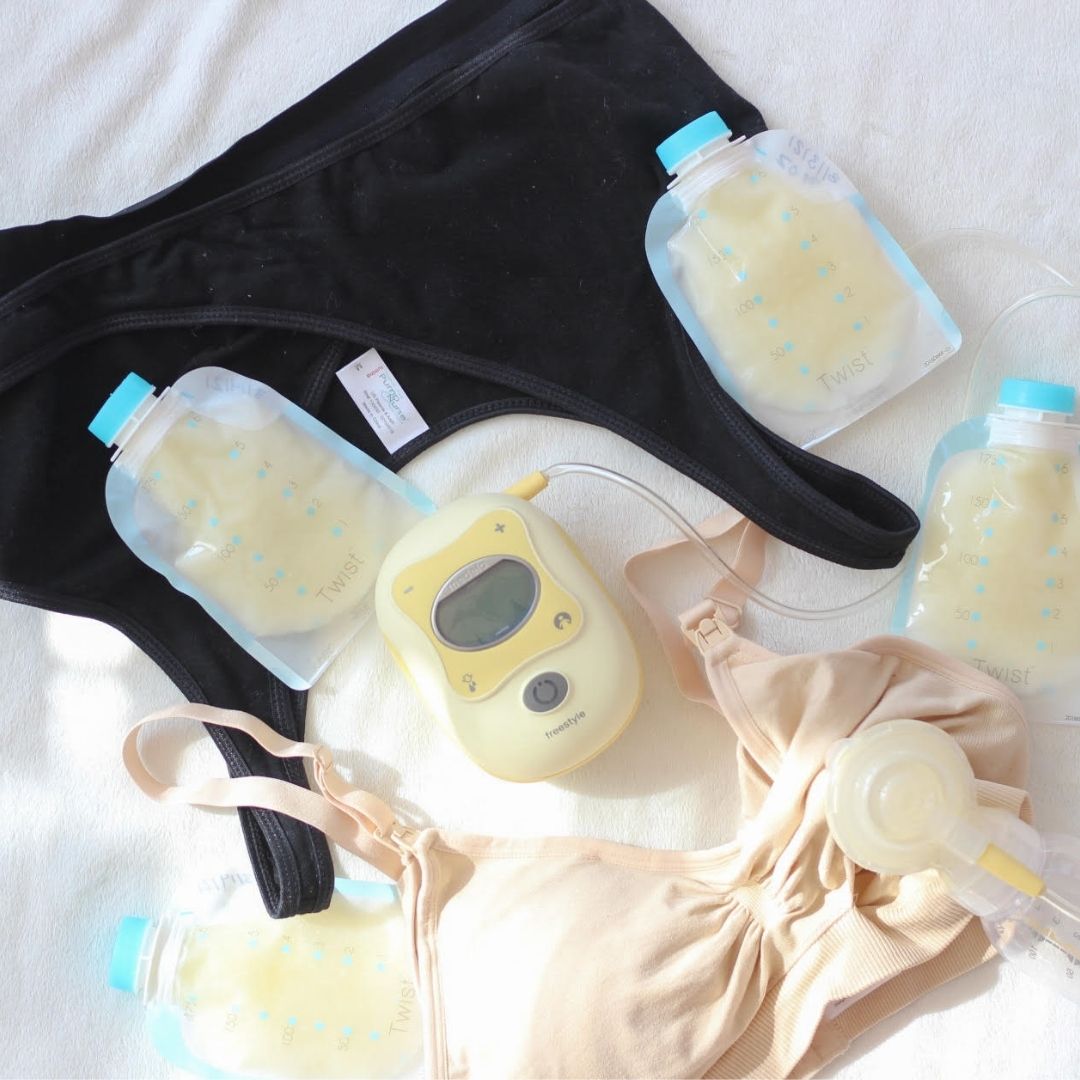
Where can I learn more?
Kellymom.com is an excellent resource for evidence-based information about breastfeeding and pumping. You can also join the group “Working Moms Who Make Breastfeeding Work” on Facebook – I have found a lot of great support and advice there!
